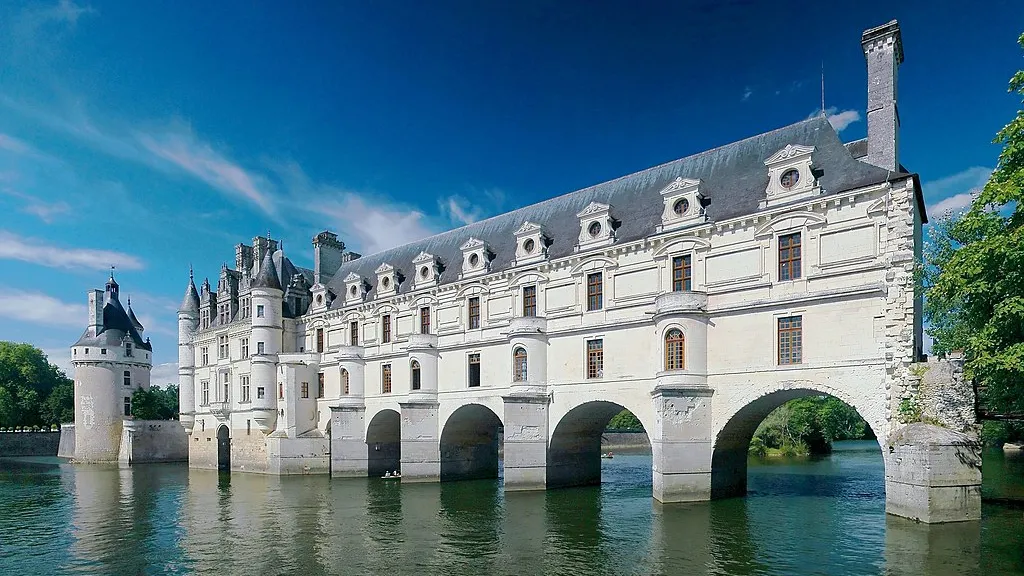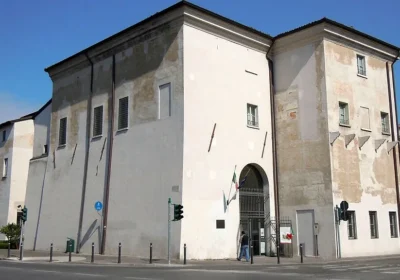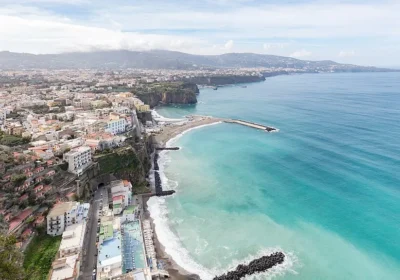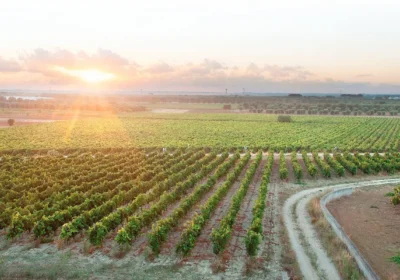Chenonceau, a castle-bridge spanning the Cher, a tributary of the Loire. Probably the most beautiful of all Loire castles. The right to own it was disputed by Henry II’s beloved Diana de Poitiers and his wife, Catherine de Medici. The castle has seen dozens of kings and queens, the famous feasts of Catherine de Medici and her voluptuous court. This is where Mary Stuart left for her homeland.
France was ruled from here. Later, Rousseau worked here as a governess and wrote his books, Voltaire and other celebrities came here. The chateau is preserved as if it were still inhabited by its crowned owners. On the left in front of the castle is the garden laid out by Diana de Poitiers, on the right by Catherine de Medici. This is a private estate.
Amboise– The history of this place begins from the I century AD, and from the X century. castles succeed each other. The preserved castle belongs to the XV-XVI centuries. From the top, from the height of a powerful cliff, on which the castle stands, there is a dizzying view of the Loire, the picturesque ancient streets. In the lower part of the castle there are wine cellars where you can taste wine and cheeses. In the castle there is a church of the XV century, towers and fortifications of the XIV century, the hall of the state council of the XV century, royal chambers. Here lived Louis XI, Charles VIII, Louis XII, Francis I, Catherine de Medici, whose name is connected with the history of the famous Amboise conspiracy of Huguenots, and others. Today the chateau belongs to the foundation of the Count of Paris, heir to the crown. The beginning of the Renaissance in France is connected with this castle. Leonardo da Vinci’s tomb is also located here.
Clos Luce, a small medieval castle located next to the royal castle and connected to it by an underground passage. Here Leonardo da Vinci spent the last three years of his life and died. You can see the rooms where Leonardo lived and familiarize yourself with his 40 inventions in various fields: military engineering, urban planning, hydraulics. During a guided walk through the castle park you can see 16 huge machines invented by Leonardo, 32 transparent canvases with sketches and fragments of his paintings.
Cheverny. The first palace of classical style, which served as a model for many mansions and palaces, such as Pavlovsk. The delightful symmetry of the building, the beauty and elegance of the facade. Magnificent furniture from the time of Louis XIII, paintings of the best Italian and French masters, trellises of the beginning of the XVII century, which are breathtaking to look at, a collection of weapons, the personal chest of Henry of Navarre and much more have been preserved. Hardly the best interiors of any chateau in the Loire. This is a private property and part of the rooms are closed to visitors – the Marquis lives there.There is an English park around the chateau. Here you can visit the kennel and the hall of hunting trophies. You can see a dovecote of the XIV century and a number of trees, which are several hundred years old.
Chambord: A Renaissance masterpiece, this castle was built in the 16th century. French kings up to Louis XIV visited here. The magnificent chateau, which has seen many monarchs and stands as a symbol of royalty, is set in a huge park surrounded by the longest wall in France. Apparently, it is the largest and most fantastic of all castles, and there are many stories associated with it….
Fougères-sur-Bièvre – a beautifully preserved 15th century castle.
Montrichard – impressive remains of a 13th – 15th century royal citadel and a 15th century town.
Chisse – castle of XII-XV centuries. All three castles are passable.
The Loire River Valley is the heart of France. Everything here is interesting for tourists – its villages, towns, landscapes, houses (often XV c.), parks, homesteads, life…

















